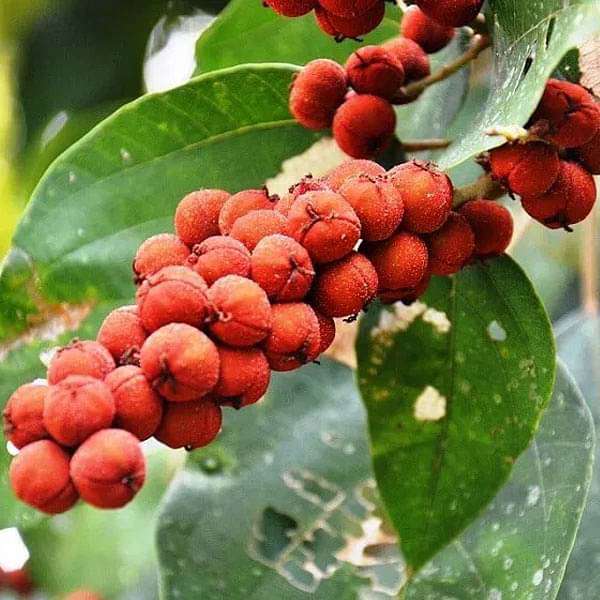
Mallotus Philippensis, Kumkum Tree Red - 0.5 kg Seeds
(MRP Inclusive of all taxes)
- Shipping ₹79 for entire order
- Dispatch in 2-3 weeks
- Country of origin: India

(MRP Inclusive of all taxes)
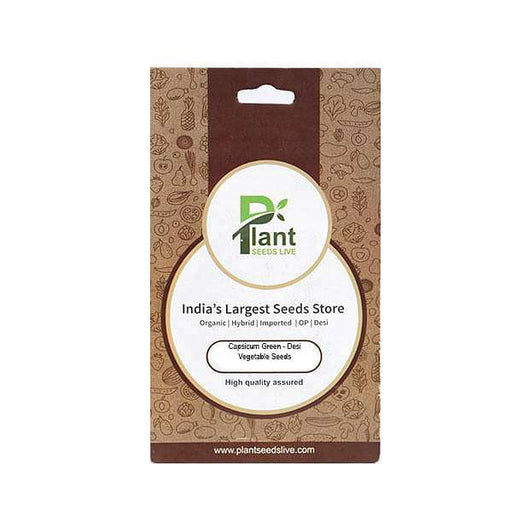
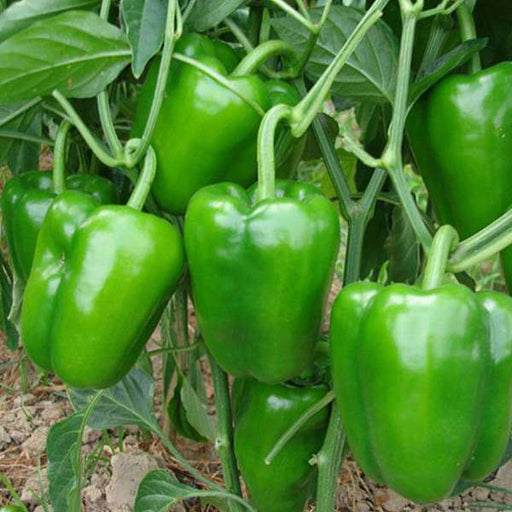 Sold out
Sold out
Capsicum Green - Desi Vegetable Seeds Capsicum Green, also known as bell pepper, is a vibrant and nutritious addition to your garden. Thes...
View full details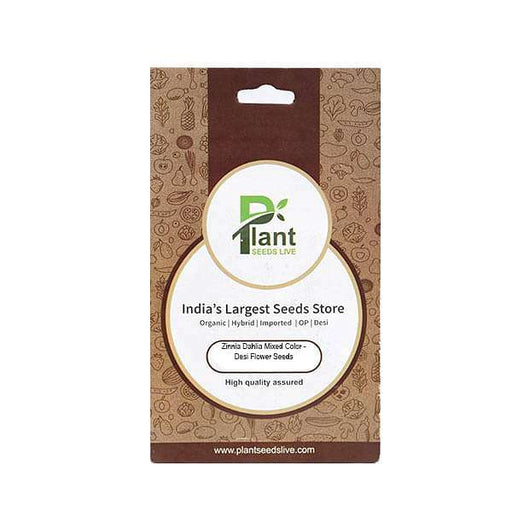
 Sold out
Sold out
Zinnia Dahlia Mixed Color - Desi Flower Seeds Transform your garden into a vibrant tapestry of colors with our Zinnia Dahlia Mixed Color -...
View full details
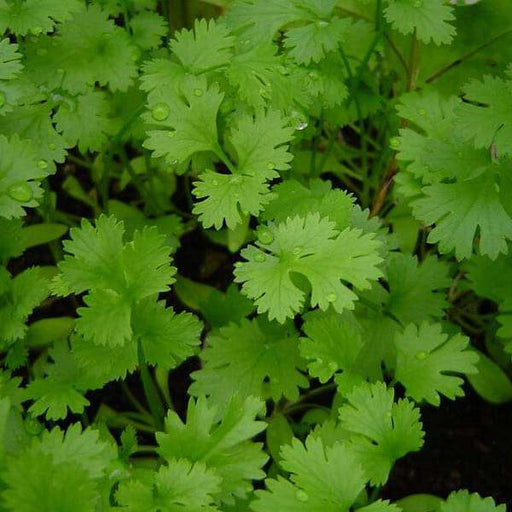 Save 25%
Save 25%
Coriander Panipat - Desi Vegetable Seeds Coriander Panipat is a premium variety of coriander seeds, cherished for its aromatic leaves and ...
View full details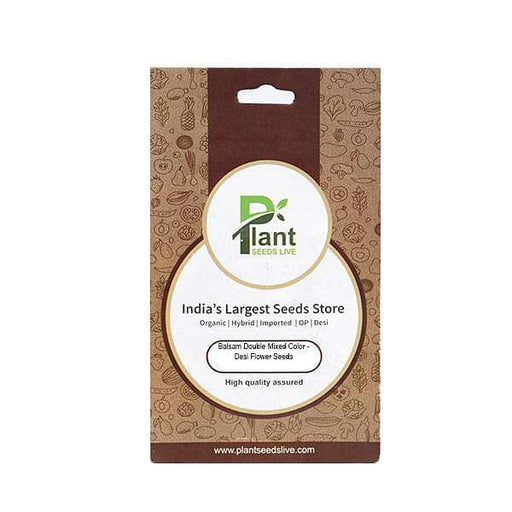
 Sold out
Sold out
Balsam Double Mixed Color - Desi Flower Seeds Discover the vibrant beauty of Balsam Double Mixed Color - Desi Flower Seeds, a delightful a...
View full details
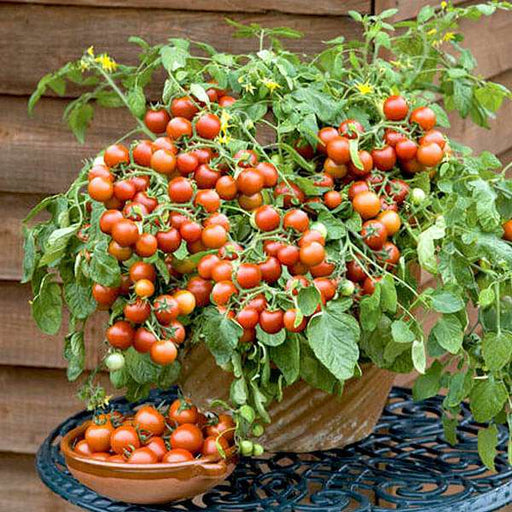 Save 25%
Save 25%
Cherry Tomato, Cherry Tomato Honey - Vegetable Seeds Discover the delightful world of Cherry Tomato Honey seeds, perfect for home gardener...
View full details
 Sold out
Sold out
Tomato Pusa Ruby - Desi Vegetable Seeds The Tomato Pusa Ruby is a premium variety of tomato seeds, renowned for its vibrant red color, jui...
View full details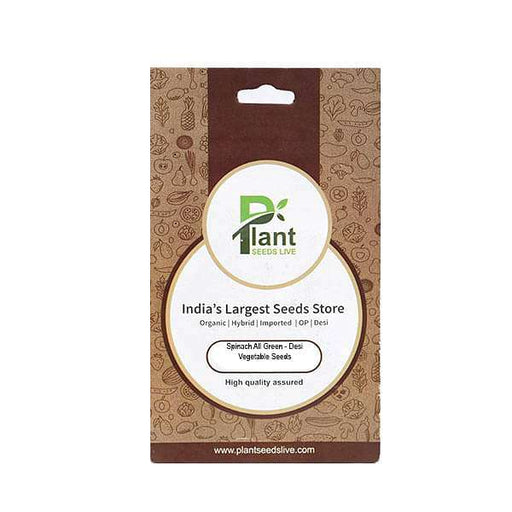
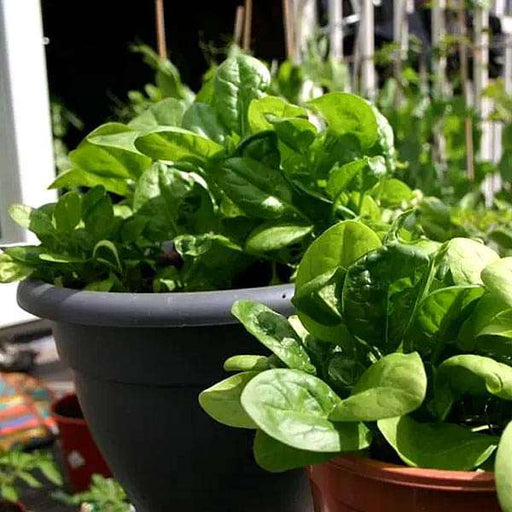 Sold out
Sold out
Spinach All Green - Desi Vegetable Seeds Introducing the Spinach All Green - Desi Vegetable Seeds, a premium variety of spinach that thriv...
View full details
 Sold out
Sold out
Capsicum Green - Desi Vegetable Seeds Capsicum Green, also known as bell pepper, is a vibrant and nutritious addition to your garden. Thes...
View full details
 Save 25%
Save 25%
Coriander Panipat - Desi Vegetable Seeds Coriander Panipat is a premium variety of coriander seeds, cherished for its aromatic leaves and ...
View full details
 Save 25%
Save 25%
Cherry Tomato, Cherry Tomato Honey - Vegetable Seeds Discover the delightful world of Cherry Tomato Honey seeds, perfect for home gardener...
View full details
 Sold out
Sold out
Tomato Pusa Ruby - Desi Vegetable Seeds The Tomato Pusa Ruby is a premium variety of tomato seeds, renowned for its vibrant red color, jui...
View full details
 Sold out
Sold out
Spinach All Green - Desi Vegetable Seeds Introducing the Spinach All Green - Desi Vegetable Seeds, a premium variety of spinach that thriv...
View full details
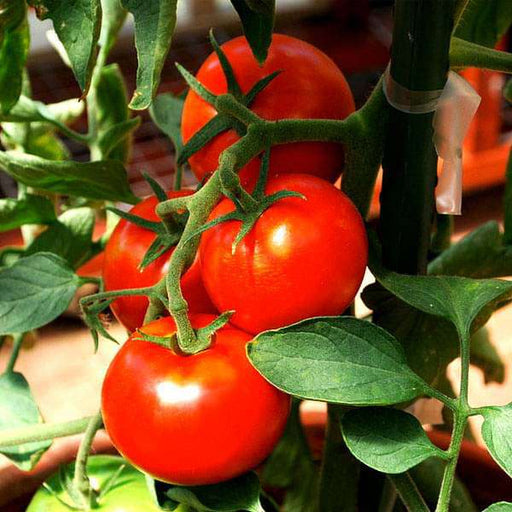 Save 25%
Save 25%
Tomato Ped - Desi Vegetable Seeds Introducing the Tomato Ped - Desi Vegetable Seeds, a premium selection of heirloom tomato seeds that pro...
View full details
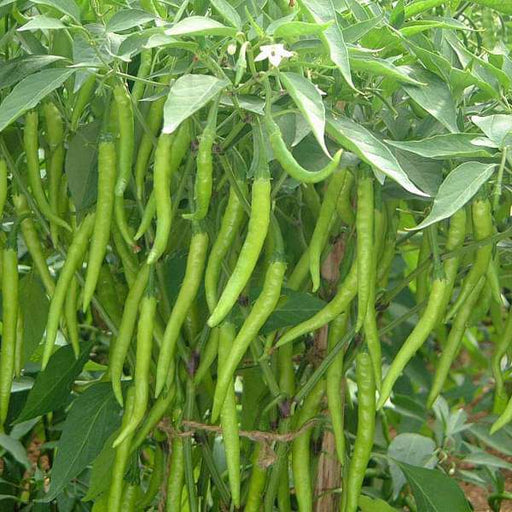 Save 25%
Save 25%
Chilli Surajmukhi - Desi Vegetable Seeds Introducing the Chilli Surajmukhi, a unique variety of desi vegetable seeds that brings a burst o...
View full details
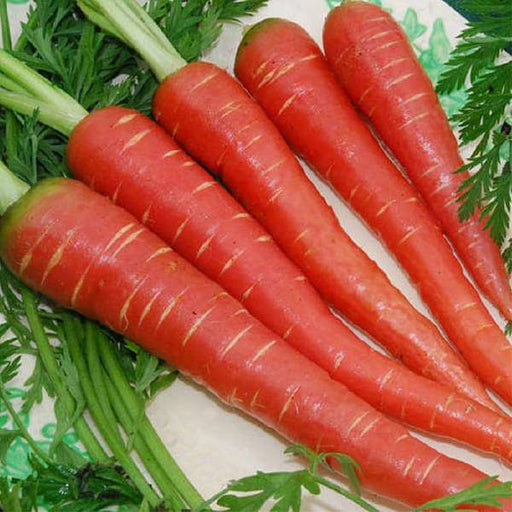 Save 25%
Save 25%
Carrot Red Long - Desi Vegetable Seeds Introducing the Carrot Red Long - Desi Vegetable Seeds, a premium variety known for its vibrant col...
View full details
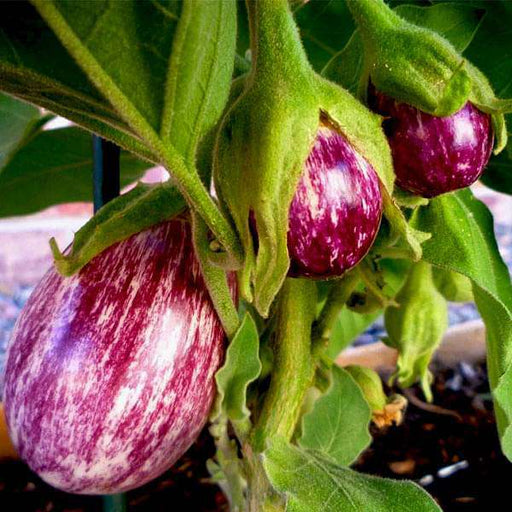 Sold out
Sold out
Brinjal Purple Round - Desi Vegetable Seeds Discover the rich flavors and vibrant colors of Brinjal Purple Round, a staple in Indian cuisi...
View full details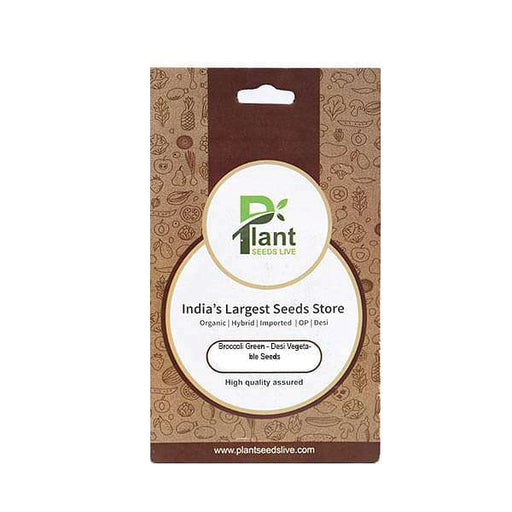
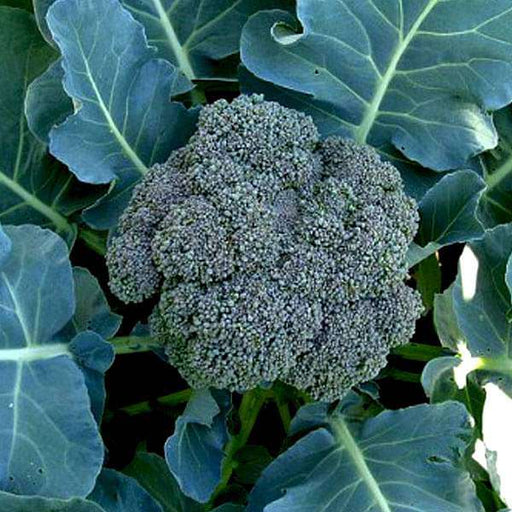 Save 25%
Save 25%
Broccoli Green - Desi Vegetable Seeds Discover the vibrant world of Broccoli Green with our premium Desi Vegetable Seeds. Known for its ri...
View full details
 Save 35%
Save 35%
Best 6 Plants for Perfect Indoor Garden Transform your living space into a lush oasis with our curated collection of the Best 6 Plants for a...
View full details
 Save up to 50%
Save up to 50%
Mini Succulent Garden Pack Transform your space with our Mini Succulent Garden Pack, featuring a delightful collection of 4 any variety beautiful s...
View full details
 Save 30%
Save 30%
5 Best Fragrant Plants Transform your garden or indoor space into a fragrant paradise with our curated selection of the 5 Best Fragrant Plants. Th...
View full details
 Save 24%
Save 24%
Set of 2 Bonsai Looking Grafted Adeniums Transform your indoor or outdoor space with our exquisite Set of 2 Bonsai Looking Grafted Adenium...
View full details Save 45%
Save 45%
Top 4 Die Hard Succulents Pack Transform your indoor or outdoor space with our Top 4 Die Hard Succulents Pack, featuring a curated selecti...
View full details
 Save 30%
Save 30%
5 Best Indoor Plants Pack Transform your living space into a lush oasis with our '5 Best Indoor Plants Pack.' This carefully curated collection fe...
View full details
 Save 25%
Save 25%
Set of 4 Evergreen Air Purifier Plant Pack Transform your indoor space into a lush, green oasis with our Set of 4 Evergreen Air Purifier Pla...
View full details| SrNo | Item Name |
|---|---|
| 1 | Mallotus Philippensis, Kumkum Tree Red - 0.5 kg Seeds |
Discover the vibrant beauty of the Kumkum Tree (Mallotus Philippensis), a remarkable plant known for its striking red seeds and ecological significance. This 0.5 kg pack of seeds offers a unique opportunity to cultivate a tree that not only enhances your garden but also contributes to biodiversity. The Kumkum Tree is native to tropical regions and is celebrated for its traditional uses in dye production and medicinal properties.
The Kumkum Tree is revered in various cultures for its bright red seeds, which are often used in religious ceremonies and as a natural dye. Its ecological role is vital, providing habitat and food for various wildlife species. Additionally, the tree's ability to thrive in diverse soil types makes it an excellent choice for sustainable gardening.
This tree is not only visually stunning but also environmentally beneficial. It helps in soil conservation and can improve soil fertility through nitrogen fixation. The Kumkum Tree is also drought-resistant, making it a resilient choice for gardens in arid regions.
If you think the Kumkum Tree is just a pretty face, think again! This botanical wonder is packed with benefits that could make even your grandma jealous. From its vibrant red seeds used in traditional medicine to its role in dye production, this tree is a multitasker. It’s like the Swiss Army knife of the plant world, offering everything from natural remedies to eco-friendly dyes. Who knew a tree could be so versatile?
Ready to roll up your sleeves and get your hands dirty? Cultivating the Kumkum Tree is like hosting a garden party where the guests are seeds! With the right soil, sunlight, and a sprinkle of love, you can grow your very own Kumkum Tree. Just remember, patience is key—good things come to those who wait, and this tree is no exception!
The uses of Mallotus Philippensis are as diverse as a buffet table at a family reunion. From traditional medicine to crafting natural dyes, this tree has a knack for being useful. Its seeds are not just eye candy; they’re also used in various cultural practices. So, whether you’re looking to spice up your herbal remedies or add a splash of color to your fabrics, this tree has got your back!
the seeds! The Kumkum Tree seeds are not just any seeds; they’re the red gems of the plant kingdom. These little beauties are packed with potential, ready to sprout into a magnificent tree. Plus, they’re a conversation starter—who wouldn’t want to brag about growing a tree that’s both beautiful and useful?
If you’re into holistic health, the Kumkum Tree is your new best friend. In Ayurveda, Mallotus Philippensis is celebrated for its medicinal properties. It’s like the herbal superhero of the plant world, swooping in to save the day with its anti-inflammatory and antioxidant powers. So, if you’re looking to add a touch of nature’s magic to your wellness routine, this tree is a must-have!
The Kumkum Tree thrives in tropical climates, making it the ultimate sun-seeker. Picture it lounging in warm, sunny spots, soaking up the rays like a beachgoer on vacation. This tree loves well-drained soil and plenty of moisture, so if you’re thinking of planting one, make sure it’s in a spot that feels like a tropical paradise.
In a world where sustainability is the name of the game, the Kumkum Tree is a champion. Its seeds can be used to produce eco-friendly dyes, reducing the need for synthetic alternatives. By planting this tree, you’re not just adding beauty to your garden; you’re also making a statement about caring for the planet. Talk about a win-win!
The Kumkum Tree has been a staple in traditional medicine for centuries. It’s like the wise old sage of the forest, offering remedies for various ailments. From treating skin issues to boosting immunity, this tree has a remedy for almost everything. So, if you’re feeling under the weather, maybe it’s time to consult the Kumkum Tree!
If you’re impatiently waiting for your Kumkum Tree to grow, you’re not alone! This tree has a moderate growth rate, which means it won’t be winning any races, but it will reward your patience with stunning foliage and vibrant seeds. Just remember, good things take time, and this tree is worth the wait!
The Kumkum Tree is not just a pretty face; it plays a vital role in promoting biodiversity. It provides habitat and food for various wildlife, making it a key player in the ecosystem. By planting this tree, you’re not just beautifying your space; you’re also contributing to the health of the environment. Talk about being a tree-hugging hero!
The Kumkum Tree is like that friend who can adapt to any situation. It thrives in various climates, from tropical to subtropical, making it a versatile addition to your garden. Whether you live in a humid area or a slightly drier region, this tree can handle it. So, if you’re looking for a resilient plant, the Kumkum Tree is your go-to!
Mallotus Philippensis, also known as the Kumkum Tree Red, is a tropical tree famous for its vibrant red seeds. These seeds are not just eye candy; they have been used in traditional medicine and dye production. So, if you’re looking to add a splash of color to your garden and life, this tree is your go-to!
Growing Mallotus Philippensis seeds is like hosting a party for nature! Start by soaking the seeds overnight, then plant them in well-draining soil. Keep them warm and watered, and soon you’ll have a thriving Kumkum Tree. Just remember, patience is key—good things come to those who wait, especially in gardening!
Kumkum Tree Red seeds are like nature’s little multitaskers! They’re used in traditional medicine for their anti-inflammatory properties and can also be used to create natural dyes. Plus, they attract birds and butterflies, making your garden the hottest spot in town. Who knew seeds could be so popular
Absolutely! Kumkum Tree Red seeds are the secret ingredient for a natural dye that packs a punch. Just crush the seeds, boil them, and voilà! You have a vibrant red dye that’s perfect for fabrics or crafts. It’s eco-friendly and gives your projects a unique touch—talk about a win-win!
You can find Mallotus Philippensis seeds at various online gardening stores or specialty seed shops. Just make sure to check the reviews—nobody wants to end up with a bag of mystery seeds! With a little digging, you’ll be on your way to growing your very own Kumkum Tree.
Patience, my friend! Kumkum Tree seeds typically take about 2 to 4 weeks to germinate, depending on conditions. Keep the soil moist and warm, and soon you’ll see those little green shoots popping up. It’s like waiting for a surprise party—exciting and worth the wait!
Mallotus Philippensis thrives in tropical and subtropical climates, where it can soak up the sun and humidity. If you live in a cooler area, consider growing it in a greenhouse. Think of it as giving your tree a cozy vacation spot—who wouldn’t want that
The Kumkum Tree can reach impressive heights of up to 15 meters! That’s like having your very own giant green skyscraper in the garden. Just make sure you have enough space for this beauty to stretch its limbs. It’s the perfect way to add some vertical flair to your landscape!
Like any diva, the Kumkum Tree can attract a few pests, such as aphids and caterpillars. But fear not! Regular inspections and natural pest control methods can keep your tree looking fabulous. After all, every star needs a little protection from the paparazzi!
While it’s possible to grow Kumkum Tree Red indoors, it’s like trying to keep a lion in a living room—challenging! These trees prefer ample sunlight and space to grow. If you have a sunny spot and a big enough pot, go for it, but be prepared for some serious pruning!
The best time to plant Mallotus Philippensis seeds is during the warm months, ideally in spring or early summer. This way, your seeds can bask in the sun and grow strong. Think of it as sending them off to summer camp—sunshine, fun, and plenty of room to grow!
Yes, Kumkum Tree Red seeds have been used in traditional medicine for their anti-inflammatory and antioxidant properties. However, always consult a healthcare professional before diving into herbal remedies. It’s like asking a chef for a recipe—better safe than sorry!